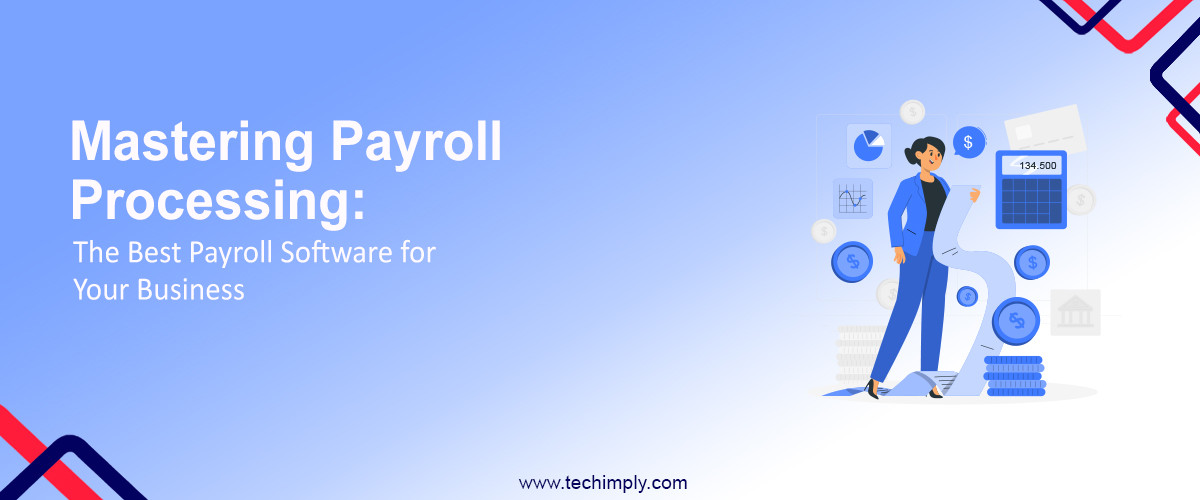Are you tired of sending LinkedIn connection requests that never get accepted? Or worse, getting blocked for being too pushy? Well, fear not! In this post, we'll be discussing the dos and don'ts of LinkedIn connection requests. We'll take a closer look at what works and what doesn't when it comes to building meaningful connections on the world's largest professional networking platform.
So whether you're looking to expand your network or simply want to avoid making common mistakes, read on for our ultimate guide to staying within the limits of LinkedIn connection requests.
What Is LinkedIn?
Social networking software like LinkedIn has more than 620 million users in over 200 countries and territories. The platform is designed to connect professionals for networking and business opportunities. Although LinkedIn is a powerful tool, there are some dos and don’ts of LinkedIn connection requests that users should be aware of.
When it comes to connecting with others on LinkedIn, it’s important to personalize your request. Include a message explaining why you want to connect and how you know the person. Simply sending a generic request is less likely to result in a connection.
It’s also important not to send too many connection requests at once. LinkedIn has a limit of 30 connections per week for free members and 1,000 per week for premium members. If you exceed these limits, your account could be suspended. So take your time when connecting with others on the platform.
Finally, don’t accept every LinkedIn connection request that you receive. It’s fine to be selective about who you connect with on the platform. After all, LinkedIn is a professional networking site so you want to be sure that you’re connecting with people who are relevant to your industry or field.
What Are The Dos And Don'ts Of LinkedIn Connection Requests?
When it comes to LinkedIn connection requests, there are a few things you should keep in mind. First and foremost, LinkedIn has strict limits on the number of connections you can have.
At the time of this writing, those limits are 30,000 for free members and 300,000 for premium members. If you exceed those limits, your account will be flagged and you may be subject to suspension or even termination.
That said, there are a few ways you can stay within the limit. First, when sending out connection requests, make sure to personalize each one. Simply copying and pasting a generic message is likely to get your request ignored or even reported as spam. Second, try to connect with people who you actually know and have a real connection with. LinkedIn is not a dating site, so don't use it as such.
Finally, if someone denies your request or ignores it altogether, don't take it personally. Just move on and focus on making quality connections.
How To Stay Within The Limits
When using LinkedIn, it is crucial to stay within the site's guidelines to avoid being flagged or banned, and LinkedIn automation tools tools can help you achieve this balance.One way to do this is by being mindful of the number of connection requests you send out.
While there is no limit to the number of connections you can have on LinkedIn, the site limits the number of connection requests you can send daily. This limit is based on your account level and increases as you move up through the levels. Most of the Linkedin automation tools automatically manage you to stay within the limits without you having to do anything for it
If you find yourself nearing the limit, there are a few things you can do to stay within the limits. First, try connecting with people you know in real life. This includes friends, family, co-workers, and classmates. Second, check your message settings to make sure you're not sending too many messages at once. Finally, if all else fails, LinkedIn does offer paid memberships that come with additional features and perks, including an increased connection request limit. There are also third-party automation tools for LinkedIn that you can use to increase the limits and also simplify the process of connecting with prospects.
The Dos Of LinkedIn Connection Requests
When sending a LinkedIn connection request, there are a few things to keep in mind in order to stay within the site's guidelines. First, only send requests to people you know and have a real-life connection with.
This means no sending requests to strangers or those you've only met online. Second, personalize your request with a message explaining why you want to connect with that person. This helps the recipient understand your motivations and also makes it more likely that they'll accept your request.
Finally, be mindful of LinkedIn's limit of 3000 connections - once you reach this limit, you'll need to start removing connections in order to add new ones.
The Don'ts Of LinkedIn Connection Requests
When it comes to LinkedIn connection requests, there are a few things you should avoid if you want to stay within the network's limits. Here are the don'ts of LinkedIn connection requests:
- Don't add too many connections at once: LinkedIn has a limit of 300 connections per day. If you add more than that in a 24-hour period, your account will be temporarily blocked from adding any more connections.
- Don't request connections with people you don't know: This is a surefire way to get your account flagged and possibly banned. LinkedIn is meant for connecting with people you have a professional relationship with, so only request connections with people you actually know.
- Don't send generic connection requests: Take the time to personalize your connection requests by writing a brief message explaining why you want to connect with the person. Generic requests are more likely to be ignored or rejected.
By following these simple guidelines, you'll be able to stay within LinkedIn's limits and avoid getting your account suspended or banned.
How To Maximize Your LinkedIn Connections
When it comes to LinkedIn connections, it’s important to play by the rules in order to avoid getting your account suspended. LinkedIn has a limit of 30,000 connections, so it’s important to make sure that you are connecting with people who you actually know and who will add value to your network. Here are some tips for maximizing your LinkedIn connections:
- Connect with people you know: This may seem like an obvious tip, but it’s important to only connect with people who you have actually met in person or have worked with in the past. It’s okay to connect with someone you don’t know if you have a mutual connection, but be sure to personalize your invitation so that they know why you want to connect.
- Join relevant groups: There are tons of groups on LinkedIn, so be sure to join ones that are relevant to your industry or interests. This is a great way to connect with more people who can add value to your network.
- Use keywords in your profile: Be sure to include keywords in your profile so that people searching for those terms can find you easily. This will help you attract the right kind of connections and grow your network quickly.
- Participate in discussions: Another great way to connect with people on LinkedIn is by participating in discussions within groups or on individual profiles. This shows that you are engaged and interested in what others have to say, which
Conclusion
LinkedIn is a great platform to make the right connections and build your professional network. By following this guide on the dos and don'ts of connection requests, you can ensure that you are sending out appropriate requests while staying within LinkedIn's limits. This will help you increase your chances of making meaningful connections that may open new doors in your career. We hope these tips have been helpful in giving you an idea of how to properly use LinkedIn for networking purposes without getting flagged or blocked by their system.

.jpg)

.png)


